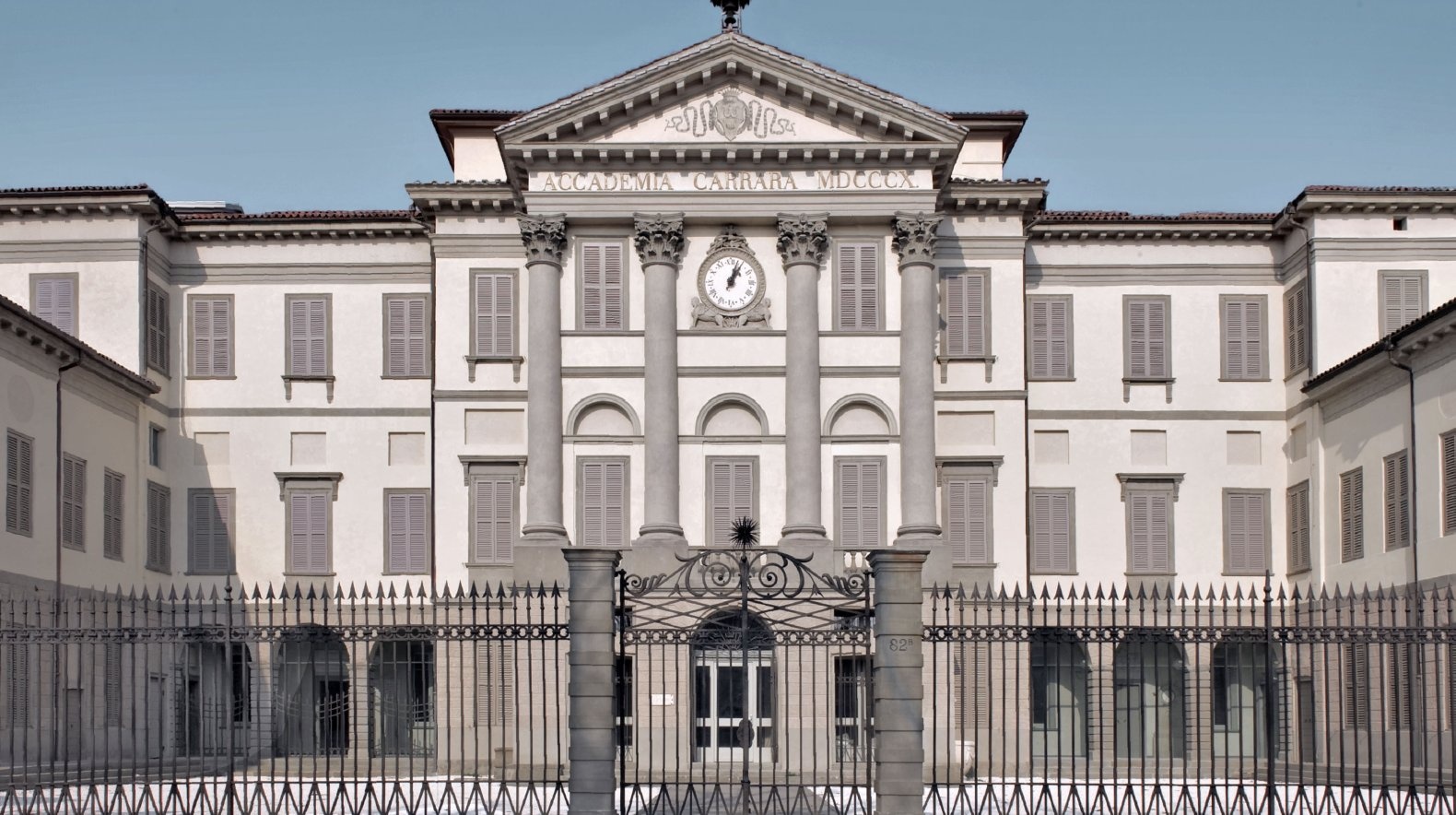Goya’s Black Paintings

Francisco de Goya y Lucientes (Fuendetodos 1746 — Bordeaux, 1828) is one of the biggest names in art history, and it is necessary to take a look at one of his artworks to understand why.
We could spend days, weeks, and even months talking about Goya and his paintings, his drawings, his engravings… There are several masterpieces with international recognition among his vast production, however, today we are going to learn a little about a set of oils known as “Black Paintings”. Nowadays, the 14 paintings* that are part of this set are exhibited inside El Prado Museum, in Madrid, but they were originally located on the walls of Goya’s home.**
Francisco Goya acquired a house in the outskirts of Madrid named La Quinta del Sordo (which could be approximately translated as “the deaf’s little land”) in 1819. It has often been said the house received the name of “the deaf’s place” because of Goya’s increasing deafness in that time, but curiously, the previous owner of the house also had hearing difficulties and that’s why the house received that name.
What must one do after buying a new house? Decorating, of course! Has it ever happened to you that you cannot decide which style to use, or which paintings or photos to hang on the wall? Well, I guess being one of the best artists of history might make things easier. Because Goya himself painted and decorated the walls of his home. Some authors believe that the first decoration he painted were landscapes, while others think these landscapes were already there and Goya painted his Black Paintings on top of them. Whatever the case, there were some landscapes paintings on Goya’s walls before he did the Black Paintings series, and he used some of those landscapes as the background of the new paintings.

Francisco de Goya y Lucientes (1746-1828) “Saturn”,
1820 – 1823. Mixed method on mural transferred to canvas.
Now, why do we call them Black Paintings? Because they are dark, murky, gloomy, and creepy as hell (But also incredibly beautiful!). Let’s be honest, our poor Goya was not living his best life during the beginning of the XIX century. The situation in Spain was quite bad due to the Napoleonic Wars, the military uprising in the government, and the consequent political and social tension. Fear, hunger, poverty, riots, uncertainty, and diseases were taking over the population and the streets of Madrid. Furthermore, Goya was losing his hearing ability day after day, and he had just survived two near fatal illnesses. Therefore, it is safe to say Goya’s mood was not the most optimistic and he didn’t feel like painting rainbows and unicorns.
The image you can see at the left is one of the most famous Black Paintings, Saturn eating his child. It is currently exhibited at the Prado Museum, and I assure you, your photos or words cannot adequately reflect this painting, seeing it in person is a complete experience.
The chromatic tones of the Black Paintings are very limited, and as you can imagine, very dark as well. The colors also match the topics, they are shadowy and starred by grotesque figures with distorted faces and expressions. When he moved to La Quinta del Sordo, his lover Leocadia Weiss accompanied him. If you check the paintings you’ll see the majority of characters are misproportioned, and ill-favored except for one full-body portrait of a young woman. It is believed that Goya, who had just recovered from dying from an illness and felt weak and old, portrayed the beauty of his lover in the portrait of a woman, and the ugliness he thought for himself in other paintings. However, the truth is Goya portrayed this type of grotesque character very often in his artworks, not just in the Black Paintings, as the outcast of society.
Goya does not follow the academic rules or the accepted themes, he chooses to paint the ugly, the terrible. In this case, there is no beauty in art, only “pathos”. With these paintings, Goya displays the cruelty and rawness of human life, the ugly truth. The Black Paintings were not commissioned or meant to be anywhere else than the walls of his home, so he painted what he wanted, what he felt, and what he was going to see every day after waking up. He did not create these paintings to share this vision of the world with the viewers but to express himself.
Observing these paintings may not be the most aesthetical experience, but it will not leave you indifferent. They are one of the most honest and real acts of expression that can be found in Art History, and they are considered as a precursor of expressionism.
You can check all the paintings on the following link: https://www.museodelprado.es/coleccion/obras-de-arte?search=pinturas%20de%20la%20quinta%20del%20sordo%20(pinturas%20negras),%20planta%20baja&ordenarPor=pm:relevance
____
*It is thought there were originally 15 paintings, but they were separated when trespassed to canvass and now the 15th one is New York City (Stanley Moss’ collection).
** The paintings were painted on the walls, but they were transferred to canvases in order to be preserved and exhibited in El Prado Museum.
*** Although Goya didn’t give names to the paintings, or at least he never wrote them, they were cataloged and named in 1828 (the year of his death) by Antonio Brugada, a friend of the painter.
Sources and credits:
Bozal, Valeriano, Francisco Goya, vida y obra (2 vols.), Madrid, Tf., 2005
Museo Del Parado. (n.d.). Pinturas negras [Goya]@es|||. Retrieved from https://www.museodelprado.es/aprende/enciclopedia/voz/pinturas-negras-goya/3ac8fe0b-3dd9-4dcd-b1e1-a21877cc8163
Museo DelParado. (n.d.). Explora la colección > pinturas de la quinta del sordo (pinturas negras), planta baja – Museo Nacional del Prado. Retrieved from https://www.museodelprado.es/coleccion/obras-de-arte?search=pinturas%20de%20la%20quinta%20del%20sordo%20(pinturas%20negras),%20planta%20baja&ordenarPor=pm:relevance










